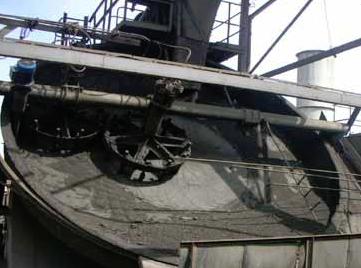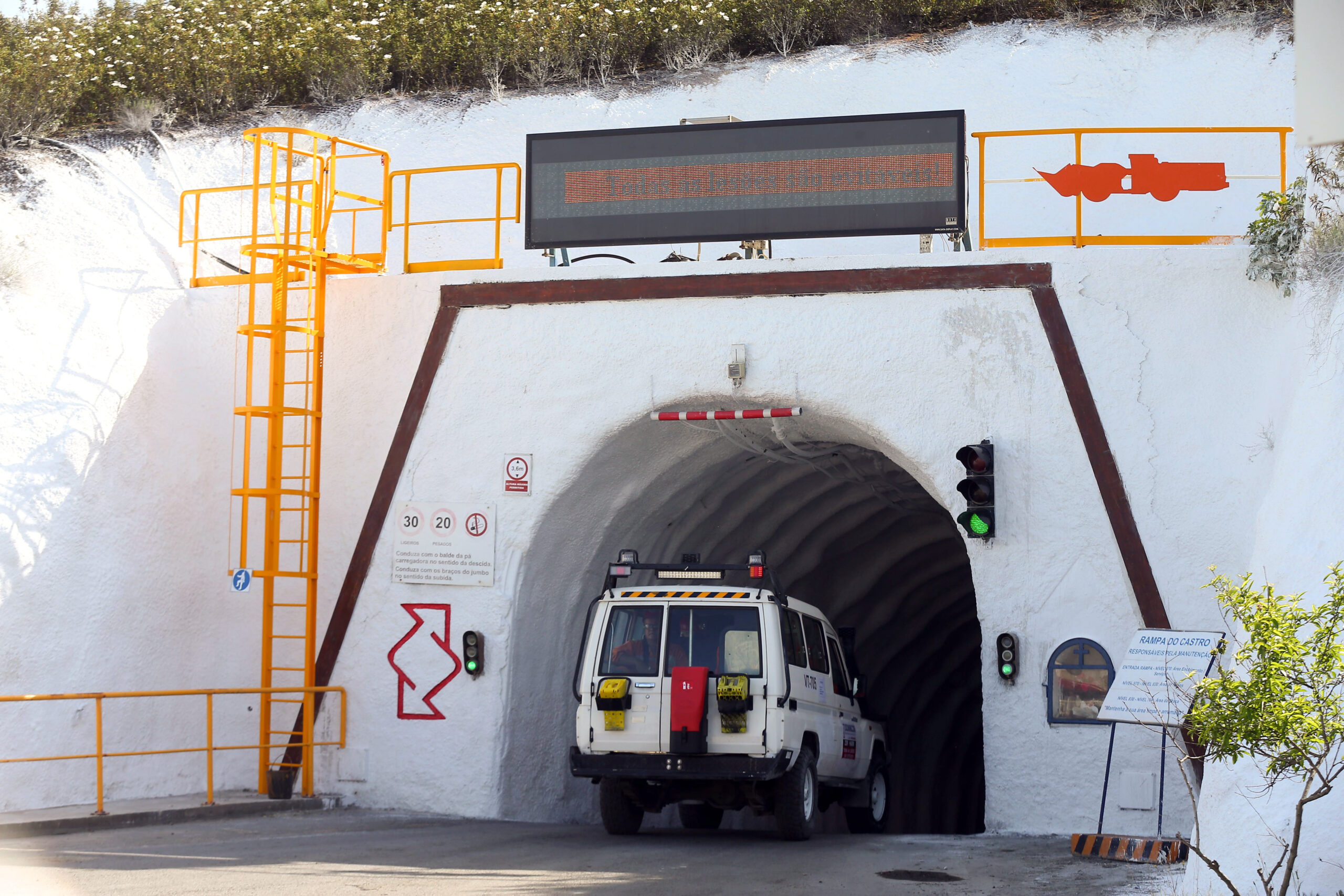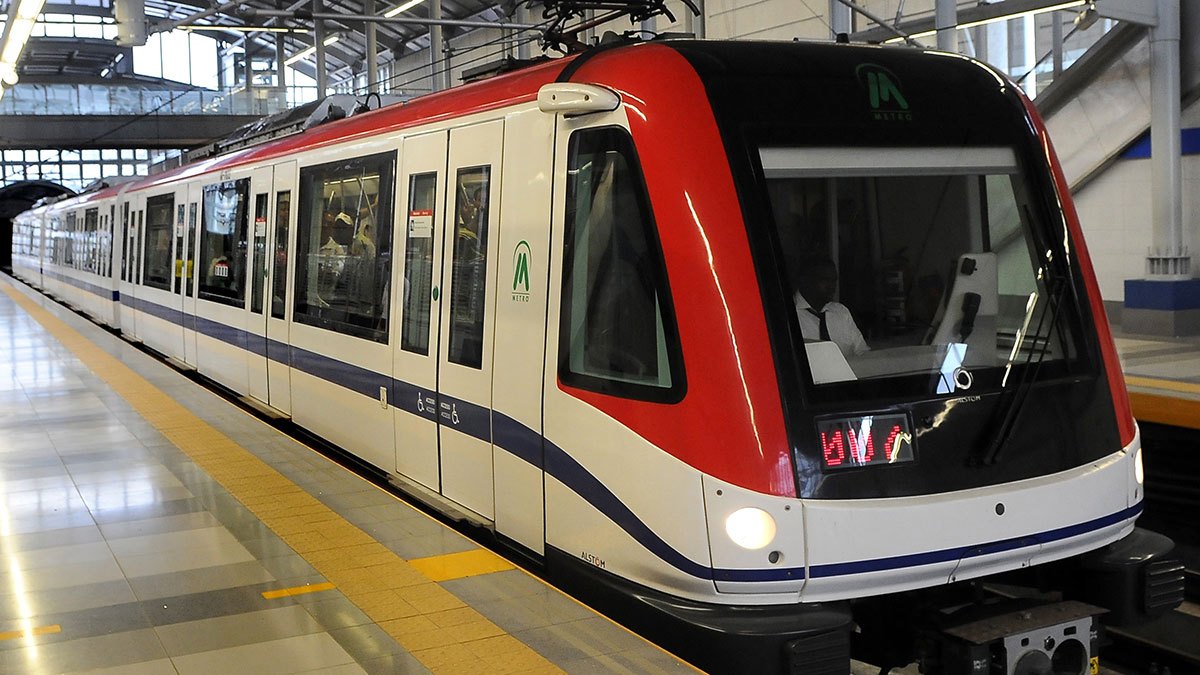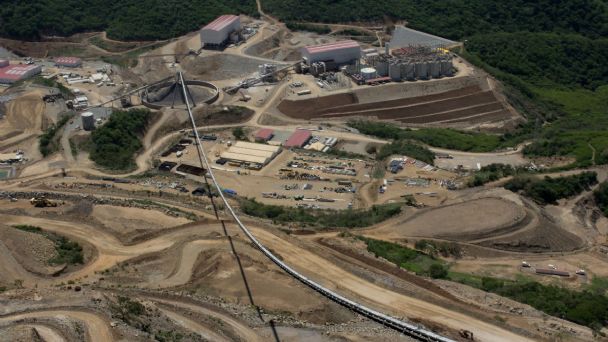
Having pioneered modern mining in Oman, the government-owned Oman Mining Company (OMCO) is on the threshold of developing a lucrative new copper resource. Ali Waily talks to Gay Sutton about fast tracking the project and protecting the aquifers in an area where water is precious.
Located at the easternmost point of the Arabian Peninsula, the sultanate of Oman is a desert state with an enviable position at the entrance to the Arabian Gulf, the source of two thirds of the world’s oil supply. Although much of Oman’s economy continues to be derived from its considerable oil and gas reserves, the government has invested a considerable portion of that revenue into industrial diversification, creating the infrastructure to support the nation, and into job creation for the local population. As a result, Oman benefits from modern nationwide transport, communications and utilities networks, boasts a variety of industries and is served by a number of international transhipment ports tapping into the east-west trade routes.
One of its earlier initiatives was the Oman Mining Company (OMCO), launched in 1979 to exploit three copper deposits in the region of Sohar close to the north-east coast. In addition to the mine, the company constructed concentrator, smelting and refining facilities at the site capable of producing 20,000 metric tons of copper a year. Production began in 1983, but once the deposits were depleted in 1994 the plant migrated to an international role as a toll smelting operation, shipping in copper concentrate from the copper traders and returning it to them or to other destinations as copper cathode.
“We deal with all the big international traders such as Glencore, Trafigura and Transamine,” says general manager Ali Waily. However, although smelting delivered a comfortable revenue, the company’s primary focus continued to be on mineral extraction. “Back in 1994 when the mine closed, we acquired a block in the Yankul area and began exploration for copper and gold.” Between 1994 and 2009 gold was mined at the site, with roughly half a ton of gold dore being produced and refined each year. But beneath that gold cap lay significant deposits of copper, which had been identified some 20 years before, and today the company is poised for a new phase of development to exploit that rich resource.
“Five ore deposits had been found within a radius of seven kilometres, and for the last four years we have been substantiating those. What we have found is that there’s a continuation of the ore bodies between three of these locations, which means we will be able to mine all three of these mine locations from one large pit.” This has significantly increased economic viability of Yankul as a working copper mine, and since then the project has been fast-tracked. “We have now finalised the environmental application, we should have a bankable feasibility study by the end of this year and the outlook is very bright,” Waily continues. “We believe we will have 10 years of mining at the site, and will be producing up to 5,000 tons a day for milling.”
Yankul is conveniently situated approximately 120 kilometres from the company’s existing smelting facilities at Sohar. The plan is to mine the ore and turn it into concentrate at Yankul, then transport it on a daily basis to Sohar for smelting. Once the feasibility and environmental approvals have been secured, the next step will be to commence drilling and blasting. “In parallel with that we will begin construction of a concentrator plant. We could be fully operational two years from now provided all permits are received as per schedule.”
Due to the sensitivity of the local environment, the environmental and feasibility processes in Oman have been rigorous. “Our tailings dam, for example, is to be lined with an HDPE liner to ensure nothing can escape and pollute the main aquifers, because water here is very precious.”
Design and engineering for the dam is likely to be a challenging exercise.Rain is relatively rare and sparse in this part of the country, but when it does come the wadis fill abruptly with water and flash floods can occur. “We are therefore investing a lot of money to protect the dam by identifying past water courses and diverting them into the valleys away from the dam.”
The tailings dam in Sohar, on the other hand, is an example of how the end-of-life issues can be successfully managed. Now nearly 30 years old, it was closed in 1994 and subsequently covered and sealed with a HDPEliner. So today, should a deluge occur, water cannot penetrate it or escape into the aquifers beneath.
At Yankul, all the standard procedures and practices will be put in place to monitor water quality in the aquifers around the mine and tailings dam, and to monitor air quality, dust and noise pollution in an eight kilometre radius around the site. And these will be regularly audited by the Ministry of the Environment & Climate Affairs.
“There is also a great deal of consideration for the local community,” Waily says. For example, although the road between Yankul and Sohar is excellent, there are safety concerns associated with mixing mine traffic and local traffic. The company is currently examining all the options which may include constructing new roads and separating the two traffic streams within the mining activity areas.
Meanwhile, the development of the copper mines at Yankul is likely to bring significant benefit to the local villages. “In the early days at Sohar, we were the biggest employer and brought considerable social benefit to the region. We expect to be recruiting for the new facility, and hope to be able to create similar opportunities for the people of Yankul.” The region benefits from an excellent water, power and road infrastructure, but there are few job opportunities, and OMCO has a strong record of providing jobs for the local people. Of a current payroll of 326, almost 80 per cent are Omanis. All disciplines, from geology and metallurgy through to electrical and mechanical engineering are sought, and the company provides in-house training under the guidance of the expatriate workforce.
As with all mining companies, OMCO continues to invest significantly in exploration. “There are indications that there could be other pockets of minerals in the Yankul block. Whether these will materialise into a good mine we don’t know at this stage, but the indications are positive and we are developing the current mine project with the capacity to gear up for further expansion later,” he concludes.



 OMANmininh_MAR-APR11_emea_BROCH_s.pdf
OMANmininh_MAR-APR11_emea_BROCH_s.pdf









